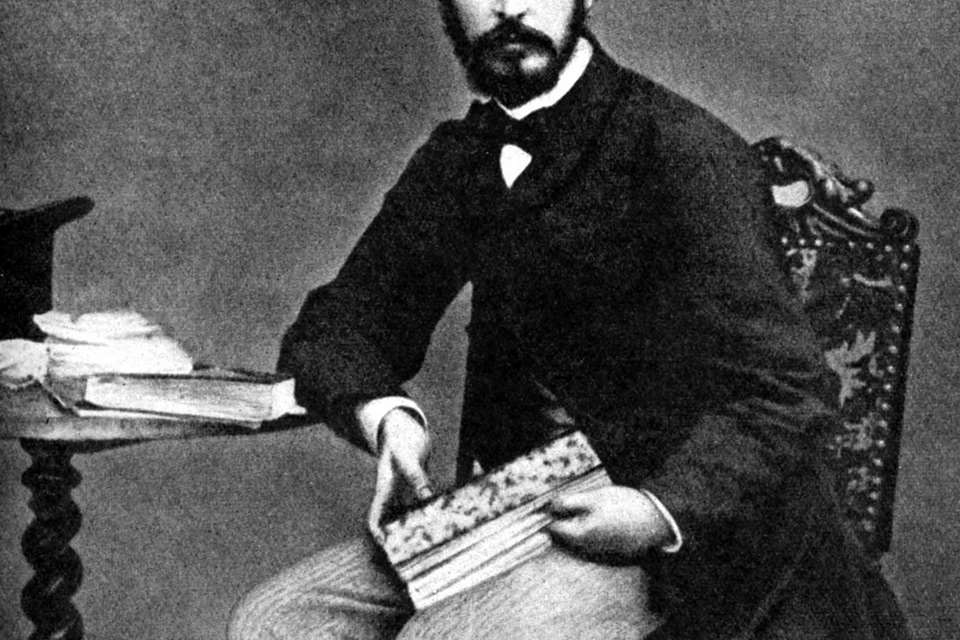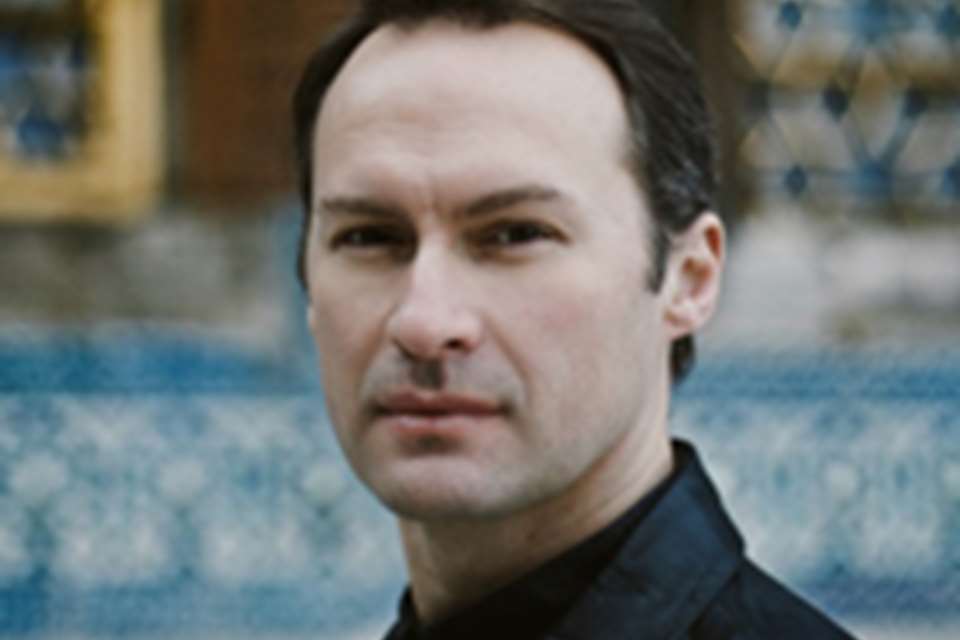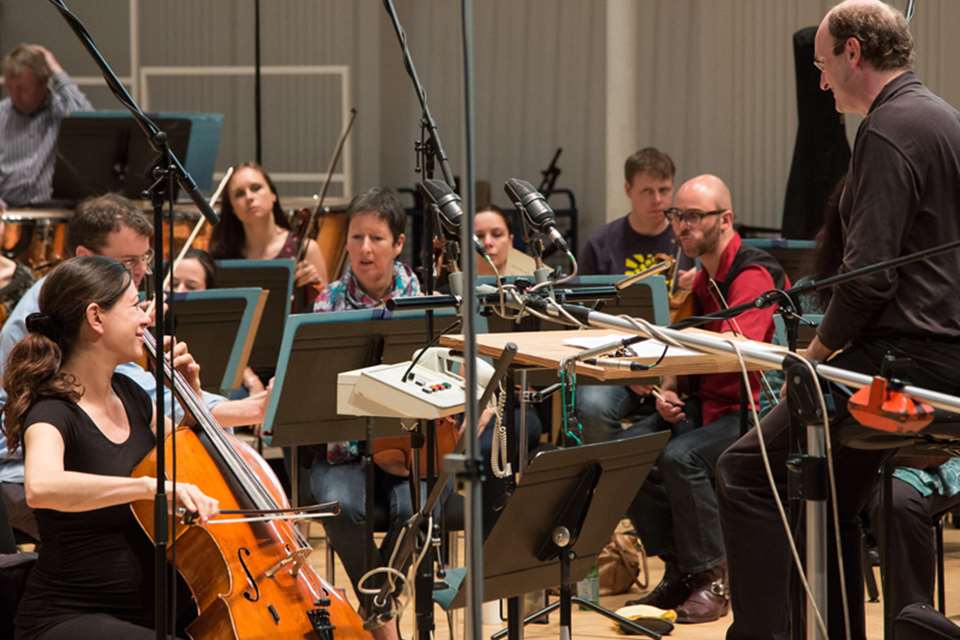Saint-Saëns: Pioneer and paradox, rethinking the composer a century on
Tim Ashley
Monday, January 10, 2022
Saint-Saëns was a complex, paradoxical composer who considered himself an eclectic, developed a nationalistic streak and tried not to display private emotion in his music. Tim Ashley makes the case that his originality is too easily overlooked
Register now to continue reading
Thanks for exploring the Gramophone website. Sign up for a free account today to enjoy the following benefits:
- Free access to 3 subscriber-only articles per month
- Unlimited access to our news, podcasts and awards pages
- Free weekly email newsletter











